Synthetic Winch Lines: The Good and the Bad
Does synthetic stand up to all the hype? Or will it break under the pressure?
It was late in the afternoon and the sun was beginning to set. Eager to move on we began hooking up to different trees and eventually realized we would have to pull the truck around the other direction in order to get it out from the mud hole. An hour went by and we began to get impatient as the sun set behind the trees. As night fell upon us a steady rain began to fall. Another half-hour went by and I had unspooled and spooled the cable about 5 or six times. My hands were aching from running the rough cable through them. We were getting very close to getting out and would need to spool the cable once more for a difficult but final pull up the side of the trail.
At this point my hands hurt so bad that I spooled the steel cable in a way that some of the coils were crossing over each other. Unfortunately the headlights shining right in my face prevented me from realizing just how bad I had spooled up the steel cable. It finally tensioned up and I returned to the driver seat with the controller. The truck began to pull up the side of the trail nicely and was almost out when I heard a subtle pop. The truck slid back down into the trail and my friend Danny went to the front of the truck to see what happened. He looked back at me with a rather terrified look and I knew at that point we had a problem. Danny reached down and lifted up the severed end of the winch cable that was pinched off from inside the drum.
Although we finally managed to get out of that situation I was left without a cable for my front winch. After doing a bit of research I came across synthetic winch ropes. I had heard of these before but assumed they weren’t as strong or durable as the steel cables. After furthering my research, the truth to these winch lines was beginning to become clearer. I found that they had a stronger tensile strength than the steel, were much safer, and weighed much less. This all seemed too good to be true and concluded that they had to cost a fortune more. Again I was wrong. Although they did cost slightly more, the fact that they were safer was worth it on its own.
Unlike the steel, the synthetic lines have minimal stretch and store little energy. If you are winching a vehicle and a steel cable were to break it would snap back similar to a bungee cord and could potentially cause serious injury, vehicle damage or even death. In the same situation with the synthetic, you would be much safer because the rope has not stretched under the load and will simply drop to the ground in the instance a breakage occurs. Luckily enough our new cables never broke so I could not validate this personally, but looking around on the internet never turned over any exceptions to this claim. In any case you should always take all the same safety precautions as you would with any winching situation.
Next selling point would have to be the overall strength of synthetic. Believe it or not but in a side by side comparison of the same diameter winch line, the synthetic has a higher tensile strength.
Along with these benefits are other positives to the synthetic winch lines as well. They weigh much less than the steel cables; unlike the steel cables which can get burrs and cut your hands open, synthetic are soft and will never get any sharp abrasions on them, and finally they do not need to be spooled as neatly as the steel cable since they are much less likely to sever themselves in the drum. They do flatten, but return to their normal shape without sustaining any damage.
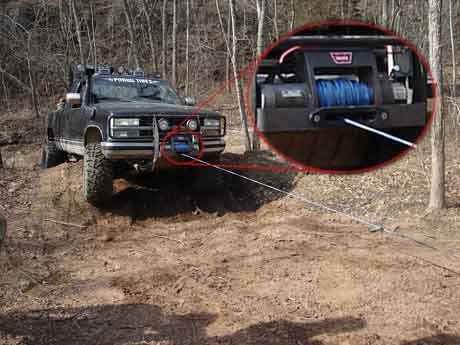 |
Although the synthetic winch line is spooling in a very un-orderly fashion, it is much less likely to sever itself in the drum like a steel cable could. |
There are only a few things you need to be wary of when using synthetic winch ropes however. First, you need to be sure the rope is unable to rub against any sharp edges such as the sides of the mounting plate where the fairlead mounts or on any sharp rocks. Also in the instance that you are using a tree strap or chain as a connecting point for the winch line you need to realize that although the winch line will not stretch, a chain or recovery strap most likely will and can easily create a projectile out of the light synthetic rope. Limited stretch recovery straps are available where most synthetic winch lines can be had.
We received our synthetic winch lines from www.vikingoffroad.com. These guys were great at helping us determine the exact diameter and length we would need for our winches as well as the type of synthetic winch line to get. Originally the back winch used 90 feet of 3/8” steel cable, but because it was only rated at 8000lbs. we were able to put 125’ of 5/16” synthetic. Synthetic winch lines are available in many different styles, lengths, diameters and even colors. Also there are a variety of different ends/hooks you can choose to use.
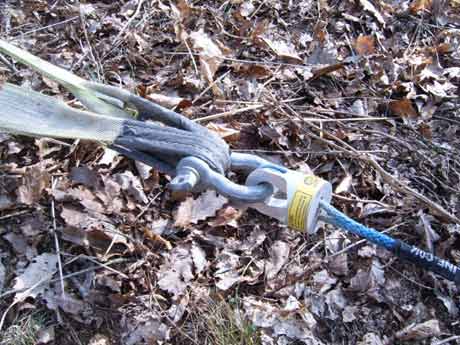 |
On our front winch we used the Safety Thimble, which allows easy use of a d-ring. |
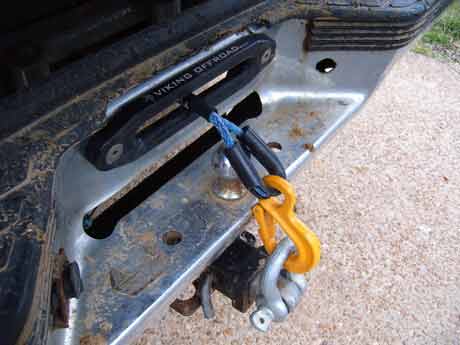 |
On the back we used the Tube Thimble Eye with a Yellow Premium Excel Hook. |
Although they say you can use the roller fairleads for the synthetic winch lines I decided to switch over to the aluminum hawse fairleads. I did however attach a roller fairlead in the back to the mounting plate but knew the winch line would barely touch it since it was guided by the aluminum fairlead on the bumper.
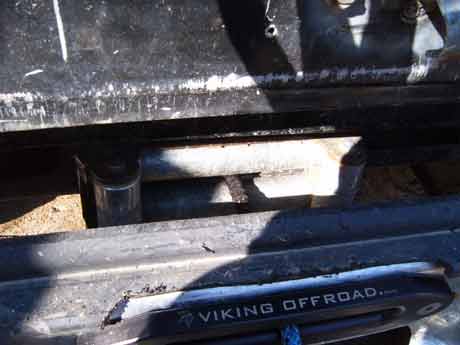 |
Mounting the roller fairlead to the winch plate underneath would aid in protecting the synthetic winch line between the bumper and also act as a secondary guide. |
Hooking up the new synthetic lines was a lot easier than the steel cable. Trying to maneuver the steel cable so that you could attach the mounting screw to the drum was like trying to single handedly put an anaconda into a head lock. The synthetic was very flexible and attached to the drum with ease. Spooling up all 125’ of the new winch line followed suit. It all went on with no complications what so ever.
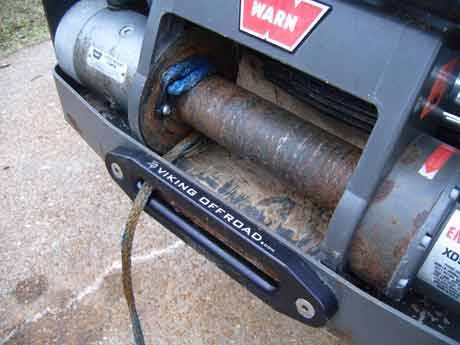 |
The new synthetic winch line came with a bolt and loop to allow an easy swap. |
While we were down at Flat Nasty Off-Road Park in Missouri we had a few opportunities to use our new synthetic winch lines. We were able to use the front and back winch and were successful at both recoveries. The new winch lines were very easy to work with and cut our winching time in half as we did not have to worry so much as to how they were spooling.
Overall we determined that all the claims about the synthetic winch lines are true. Expect for the breaking part that is. Ours didn’t break so will leave that one alone for now. We were very impressed and decided it was worth the slight price difference to switch over to synthetic. We also received quite a few questions about our synthetic winch lines since they are blue and stand out quite a bit. I will also have to highly recommend checking out www.vikingoffroad.com as they have a great selection of recovery gear and were more than happy to answer our questions about synthetic winch lines.

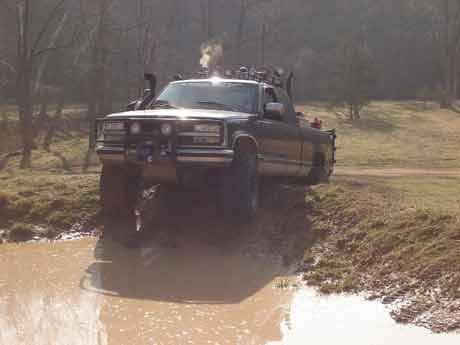
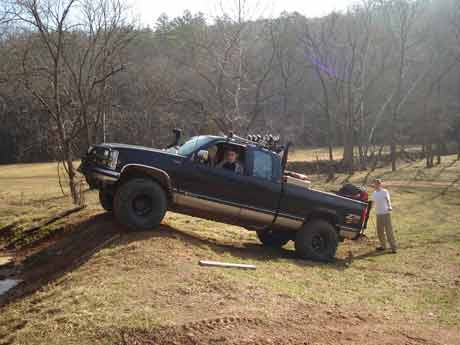
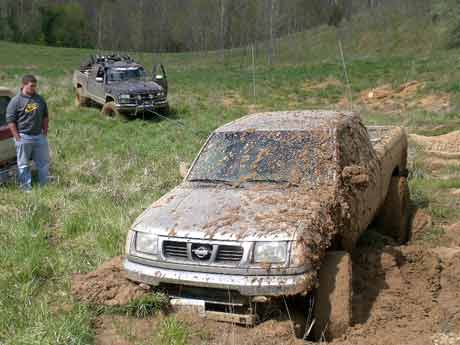

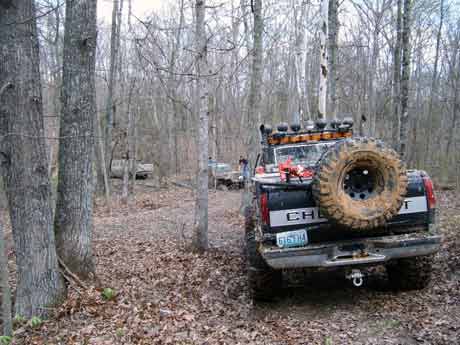
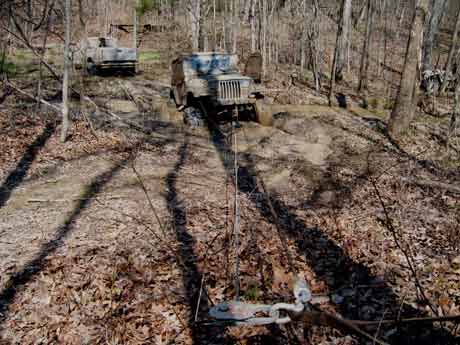
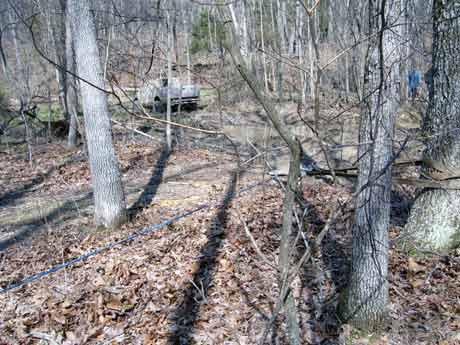

 Your Privacy Choices
Your Privacy Choices